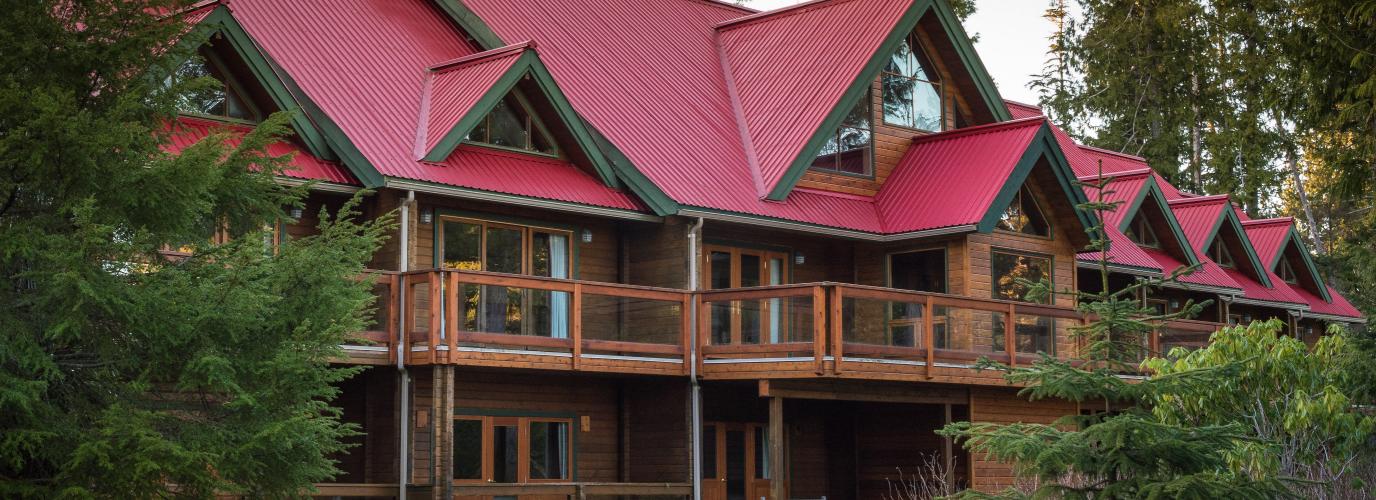Scientists Have to Eat, Too
Feeding 80 to 100 people high-quality meals three times a day for six months is not a simple task, anywhere. But when you’re on a remote island—four hours by boat to the nearest supermarket—and the majority of your supplies come by barge at the start of the season, planning meals takes foresight to a whole new level.
“You just get a feeling,” explains head chef Dan Guldemond. “You just know what to do.”
Dan’s feelings need to be pretty accurate. At full capacity his small team of chefs is cooking 2,100 meals a week. At the dock, pallets are filled with hundreds of kilograms of flour and crates upon crates of spices, and as much fresh food as possible.
“We pretty much make everything from scratch, except the ketchup,” he says.
In the walk-in freezer, a holdover from the days when Hakai was a fishing lodge, cases of meat and frozen supplies are unloaded and piled floor to ceiling. It’s a deceptively large amount of food, though. Dan points to a stack of boxes of chicken breasts. What would fill most people’s freezers at home is just enough for one meal.
When the barge is unloaded, the real work begins. With 10 years as a chef in remote places—and 24 years in a kitchen—Dan is able to draw on his own experience while surrounding himself with expert chefs Gernot Arps, Rob Smythe, and Scott Hammel, as well as Kelsey Michelson, who just completed her Red Seal apprenticeship at Hakai.
The food is a big operation on purpose.
“It’s the beating heart of Hakai,” Dan says. “It’s a meeting place.”
Sure enough, come meal times the dining room is packed with happy researchers, staff, and visitors. Even when it’s cold and rainy, the morale-enhancing effects of good food are tangible, three times a day.

